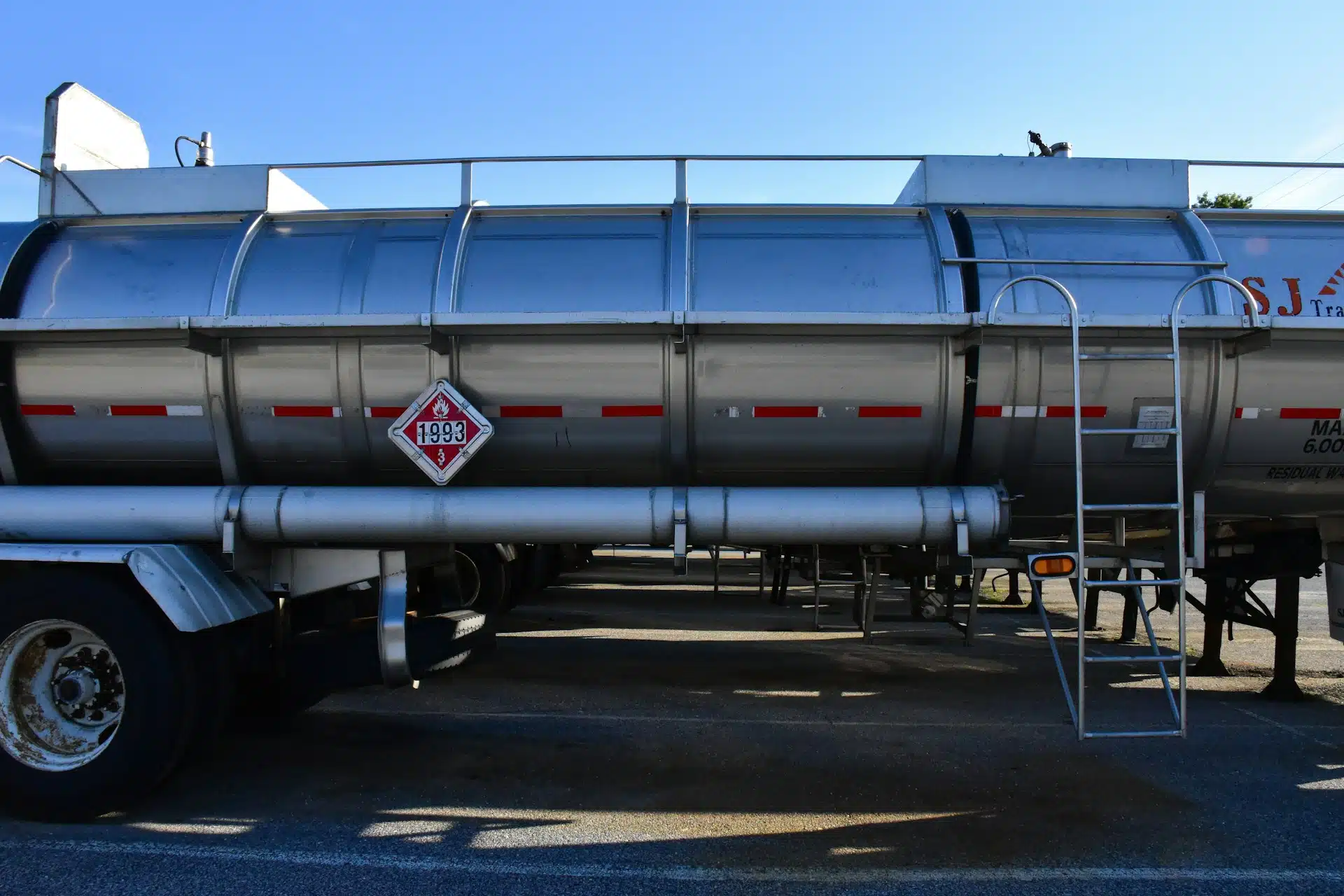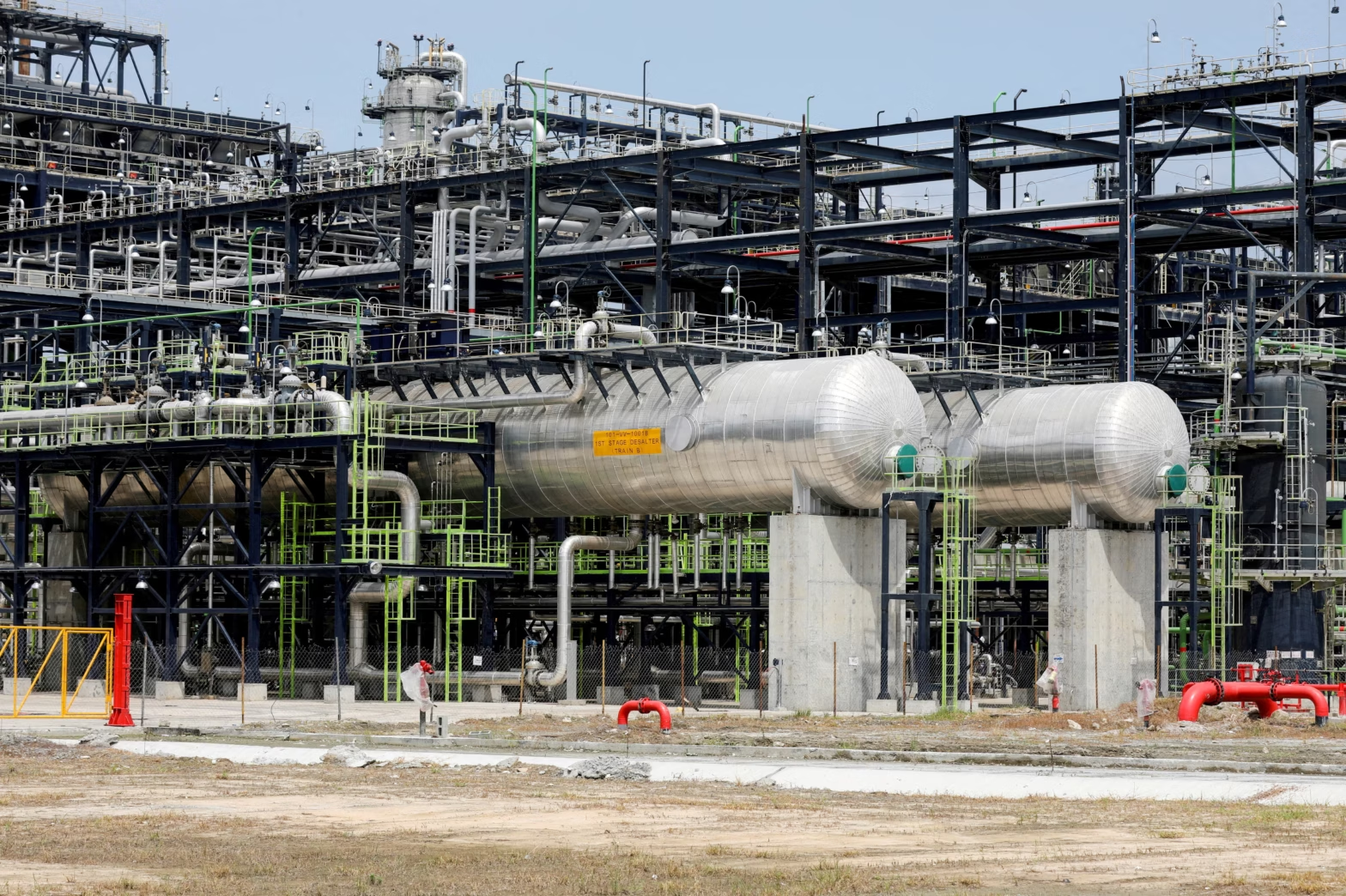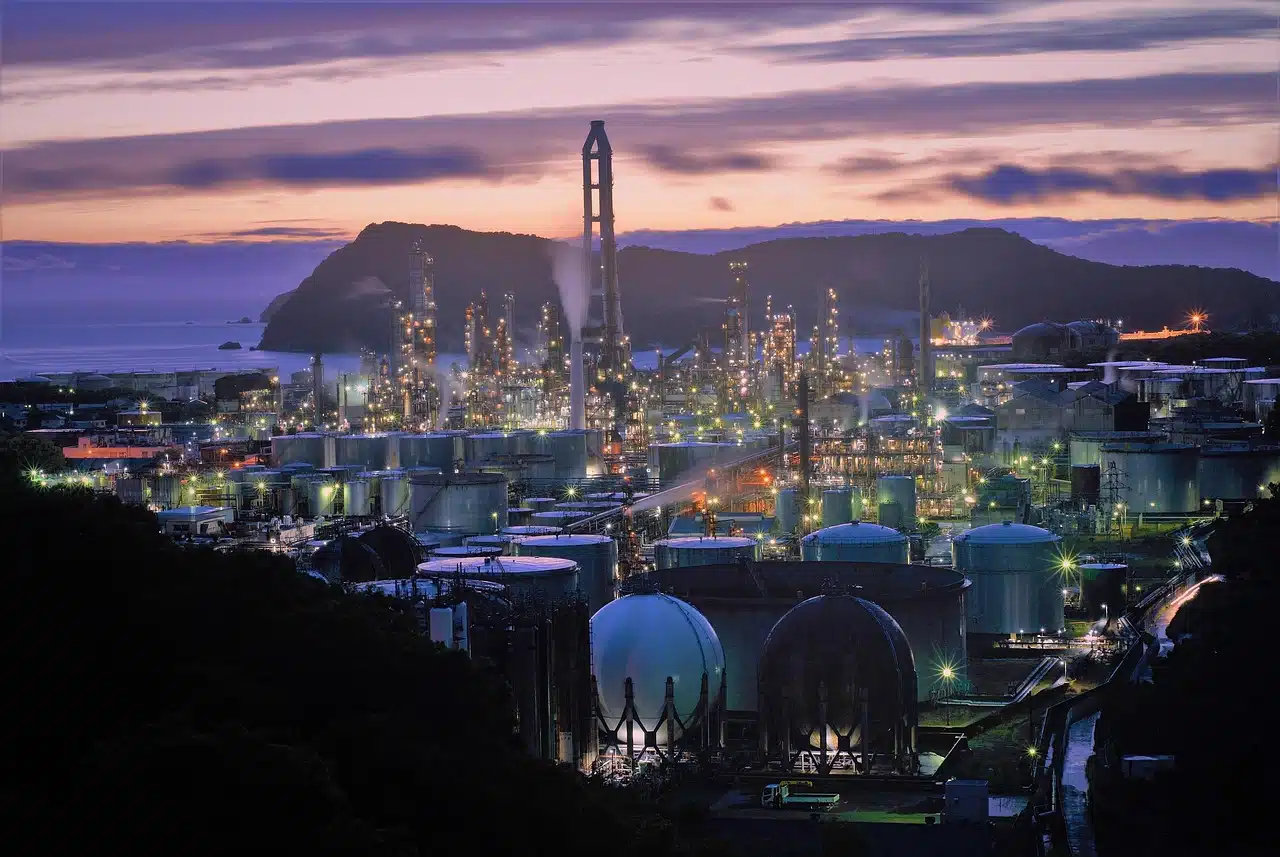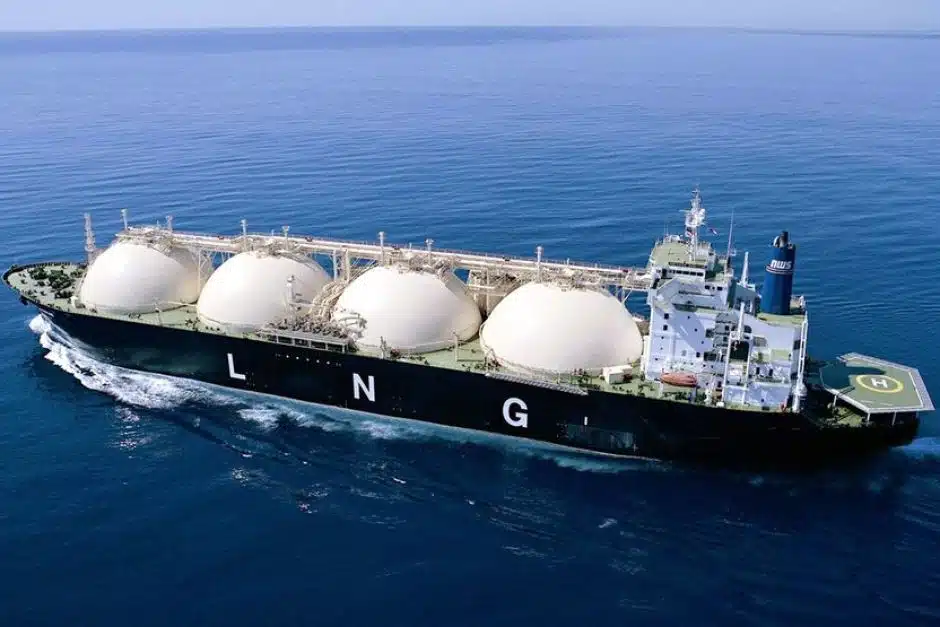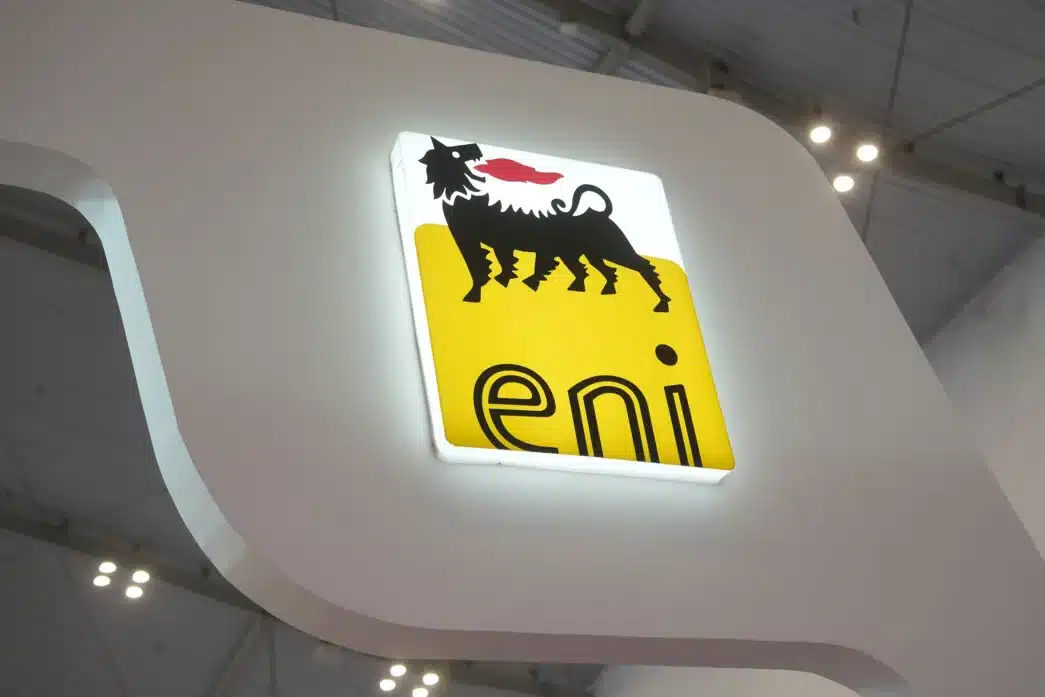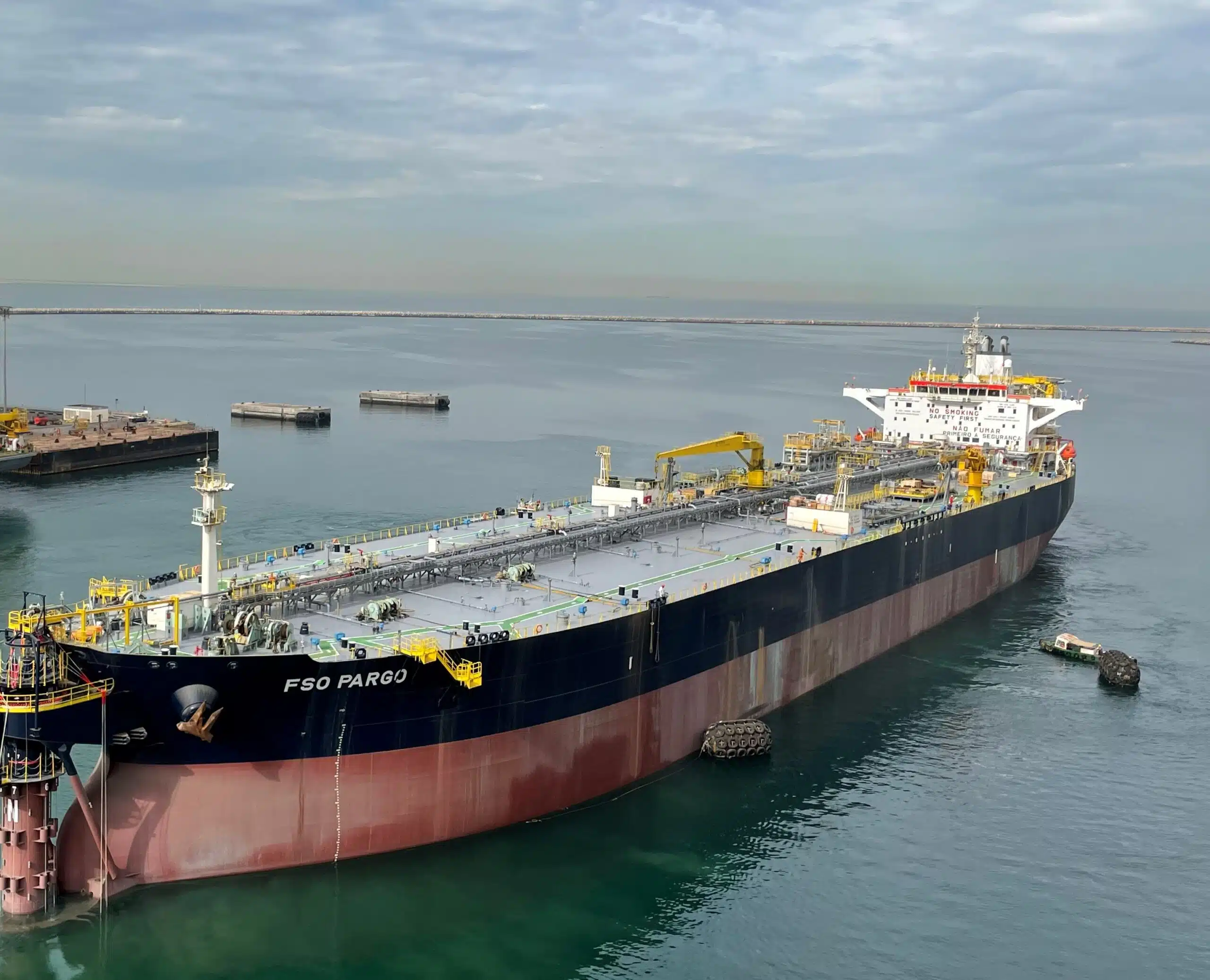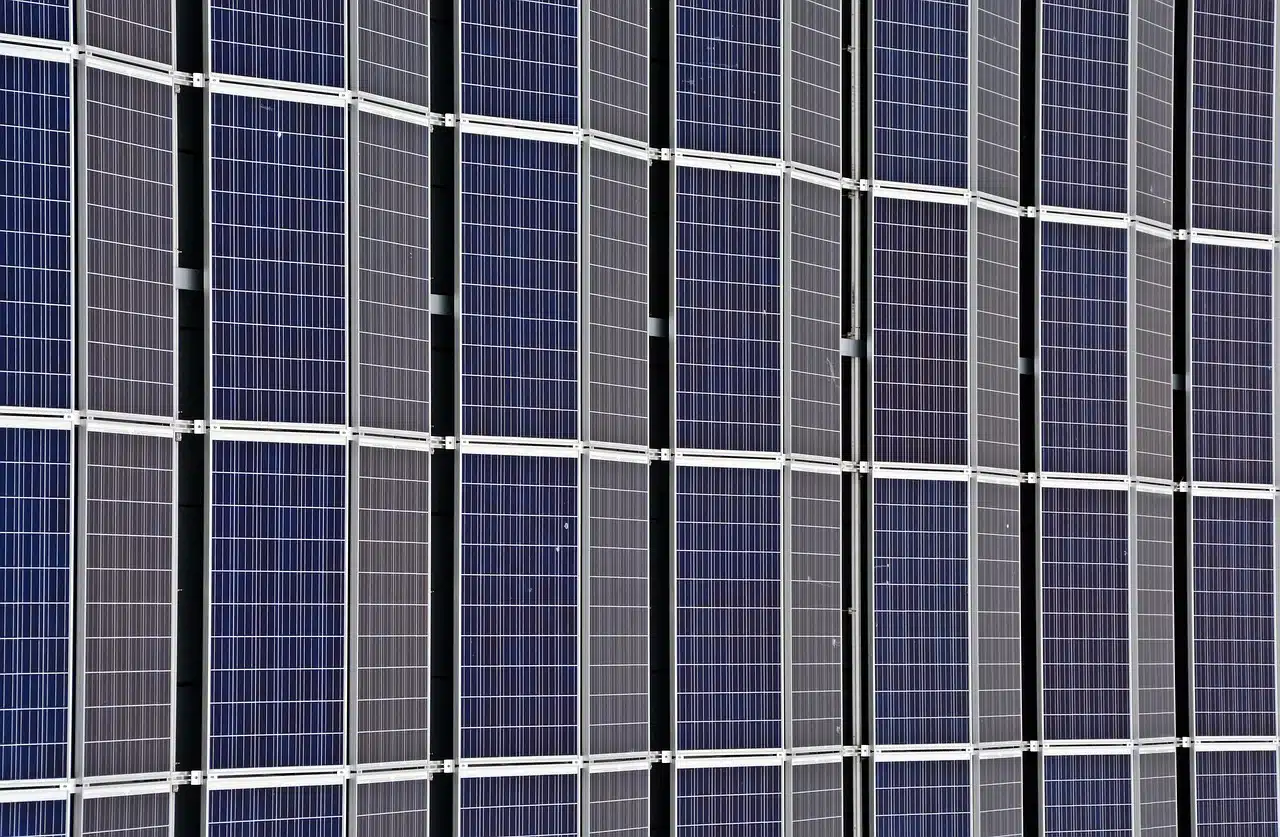Tanzania says it is pursuing a $1 billion investment in liquefied petroleum gas (LPG) to support its energy transition effort.
The Managing Director of Oryx Energies Tanzania, Kalpesh Mehta, said on Thursday that a $1 billion investment is needed over the next decade to enhance LPG infrastructure and consumption, positioning Tanzania as a key player in Africa’s clean energy transition.
Kalpesh Mehta, speaking during the launch of a new digital platform, the Rapid Payment Application (RIPA), said the LPG sector remains largely underdeveloped despite its significant investment potential.
In addition, this addresses the nation’s underdeveloped LPG market, despite its potential to transform energy consumption for over 60 million people.
The investment potential and challenges
Mehta compared Tanzania’s lagging infrastructure to Indonesia’s advanced LPG framework, despite Tanzania’s sizable population.
He stated that achieving Indonesia’s LPG usage levels would require over $1 billion in investments over the next decade.
“There is a huge opportunity for private sector involvement, but real progress requires large-scale investment and innovation, he added.
He explained further how such an investment would deliver substantial economic, environmental, and social benefits for the country.
On his part, Ramani Company Limited’s Chief Operating Officer, Joel Usiri, said the firm’s new Ripa platform aims to ease business operations for LPG distributors and wholesalers by improving access to finance and digital services.
“Access to capital remains a key challenge for many entrepreneurs”, he added.
Strategic infrastructure development
A key component of this investment is the $100 million Tanga International Energy Terminal for LPG, a joint venture between Tanzanian firm Asas Limited and UK-based Petredec.
Launched on June 5, 2025, the terminal aims to reduce LPG prices by up to 40%, enhancing affordability.
In addition, the project includes eight truck-loading gantries and a 2.8-kilometer underwater pipeline for efficient distribution.
The nation’s electricity capacity rose to 4,031.71 MW by April 2025, an 86.6% increase from March 2024, driven by projects like the Julius Nyerere Hydropower Plant.

